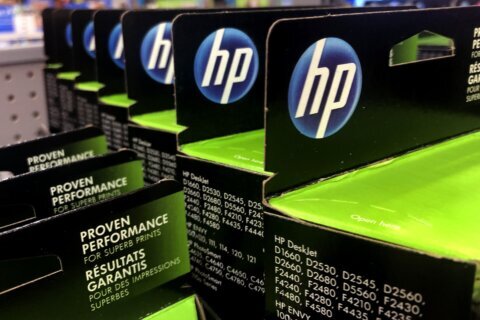Q: I’m looking to buy a lower-cost smartphone. What are the differences between refurbished and used smartphones?
A: The yearly improvement in smartphone technology leads many people to get rid of perfectly good smartphones in pursuit of owning the “latest and greatest” technology.
This trend has led to a thriving used smartphone market that is estimated to have over 75 million units shipped in 2023.
If you don’t need to own the latest and greatest — you can save a lot of money buying older generations that were “top of the line” just a few years ago.
What you buy and where you buy can be the difference between a great deal and a total nightmare.
Refurbished vs. Used
When you go shopping for a used phone, you’ll generally see these two options and there are meaningful differences.
Refurbished smartphones, especially directly from the manufacturer, tend to be very close to new condition and come with a warranty of some sort.
A properly refurbished smartphone will go through testing, repair (if necessary) and cleaning, including the replacement of faulty parts.
Refurbished phones are generally newer generation devices that were returned by the original owner for a variety of reasons that can range from a serious defect to being a trade-in, or because they simply changed their mind.
Once a smartphone has been activated by a customer, it can no longer be sold as new, even if they return it quickly.
This also means that refurbished devices tend to be more expensive than traditional used phones and often just a little cheaper than a new device, depending on the age.
By design, refurbished devices should be more reliable because of the intensive testing and reconditioning (if needed).
Used smartphones are generally sold in as-is condition with little-to-no refurbishment. Some places that sell used smartphones may use the term ‘reconditioned,’ which shouldn’t be considered the same as refurbished.
Reconditioned can mean they simply cleaned the device or it can mean they changed a scratched screen — each reseller decides its parameters for this term. In all cases, don’t expect a reconditioned smartphone to be in ‘like-new’ condition.
Reputable Used Smartphone Options
Buying a smartphone that is a couple of generations old can save you hundreds of dollars, but it’s best to buy from sources that provide some form of recourse if the device isn’t as expected.
I’ve purchased half a dozen used smartphones over the years and have always had a good experience.
Long-standing websites such as Gazelle (since 2007) and Swappa (since 2010) offer different ways to buy a used device, but both make sure the device hasn’t been stolen.
Gazelle buys used devices from individuals, reconditions them and resells them, while Swappa connects buyers and sellers directly, which can mean lower prices.
Gazelle offers a 30-day return period while Swappa uses PayPal for buyer protection and a strict criterion for listing devices.
Amazon has a “Renewed” program that offers a 30-day return option and Back Market is a global resource for shopping with their certified resellers.
As with any purchase of a pre-owned item, it’s buyer beware, so do your research on the reseller and the used device’s past reviews.
Get breaking news and daily headlines delivered to your email inbox by signing up here.
© 2024 WTOP. All Rights Reserved. This website is not intended for users located within the European Economic Area.







